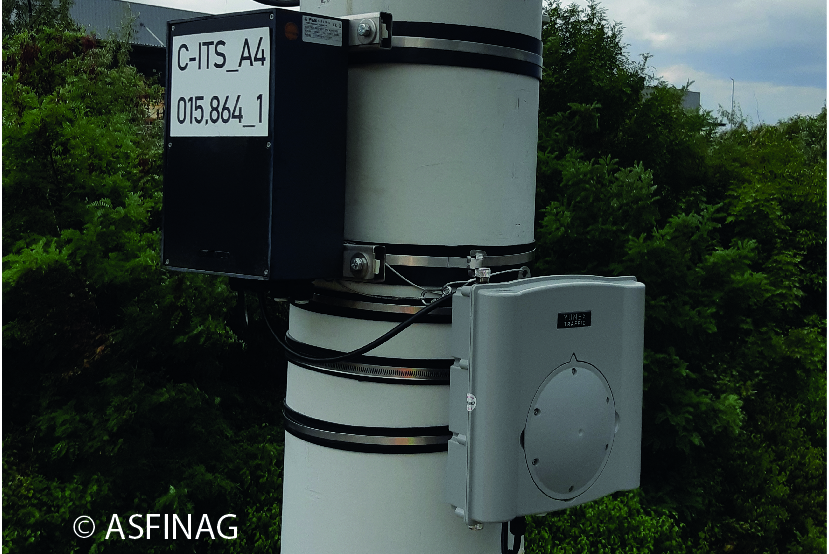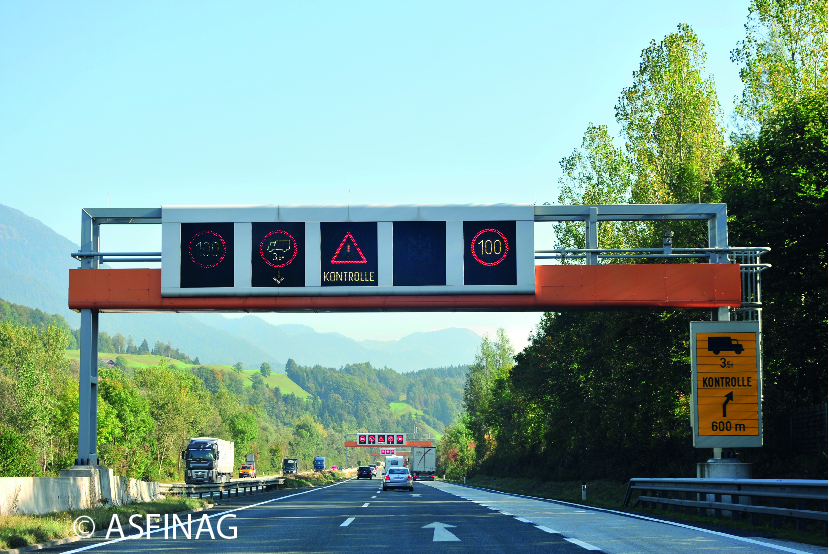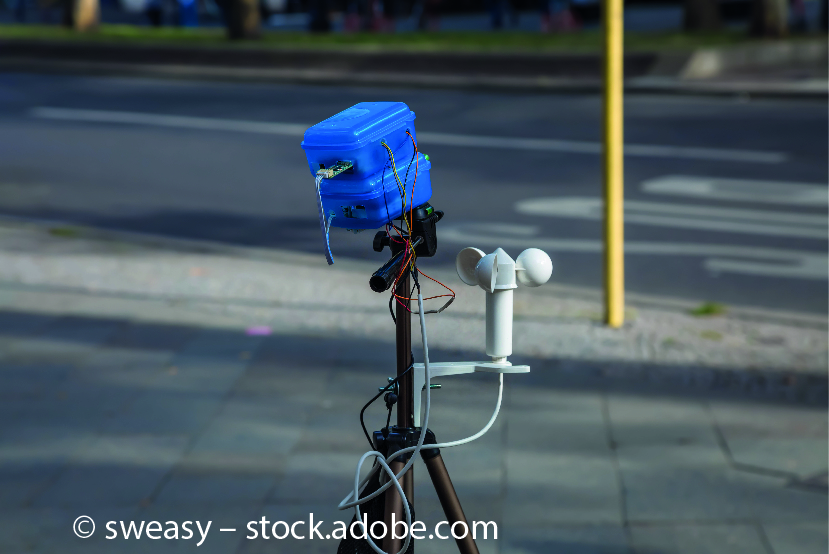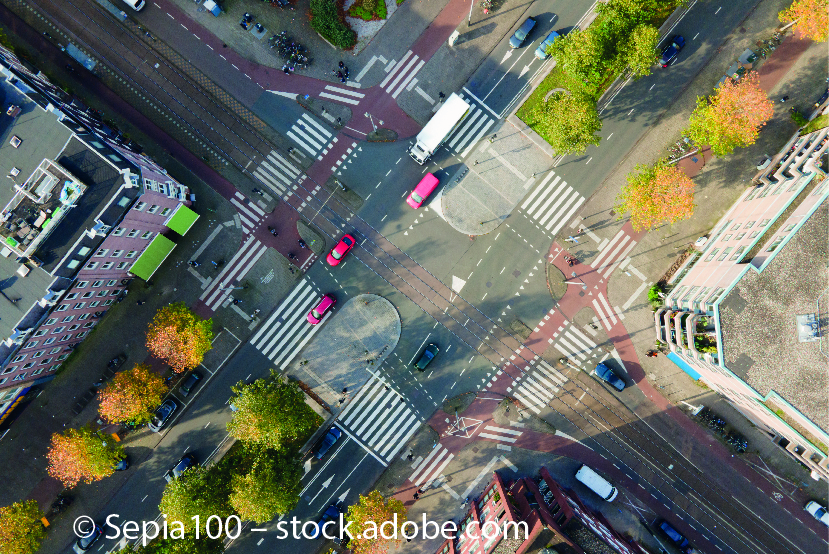Key figures
The project partners are collaborating to optimise cross-border traffic and transportation by implementing harmonised and synchronised Intelligent Transport Systems (ITS) applications on the high-level road network in those areas. Additionally, they are implementing Cooperative Intelligent Transport Systems (C-ITS) use cases based on C-Roads specifications in urban areas connected to the high-level road network. The following page presents statistical data on planned activities to provide a brief insight into the deployment of C-ITS use cases within the X4ITS project.

Planned installation of Roadside Units
A Roadside Unit (RSU) collects traffic data from a static sensing area along a road. The RSU then transmits this data to traffic control devices and a central traffic management center. These devices also serve as an information source for intelligent vehicles to collect future traffic information. (source)

Planned installation of Onboard Units
An Onboard Unit (OBU) is a device installed in a vehicle that transmits and collects data for various applications. An OBU is an electronic device installed in a vehicle. It records traffic and driving data and can connect to roadside and satellite navigation systems. (source)

Planned implemented or replaced Variable Message Signs
Variable Message Signs (VMS) are electronic and intelligent road traffic management signs that combine text and graphic variable messages for more effective traffic management. The versatility of variable message signs makes them suitable for providing traffic information in a variety of situations, including emergencies and road closures. The VMS system can be integrated with other traffic control and management systems. (source)

Planned implemented or replaced CCTV cameras
CCTV cameras are crucial for managing road networks. They are strategically placed at sensitive locations to aid traffic management, particularly in areas with frequent congestion and traffic queues, as well as at locations with a higher risk of accidents and traffic incidents. (source)

DATEX II nodes
DATEX II nodes are crucial for data availability and exchange in line with the Delegated Regulations. DATEX II nodes play a critical role in the successful deployment of traffic management systems by providing standardised mechanisms for data exchange. At least five DATEX II nodes will be upgraded.

Planned kilometres of TEN-T roads equipped with roadside data collection equipment
Planned kilometres of secondary roads equipped with roadside data collection equipment
Roadside data collection equipment consists of traffic detection systems including traffic detection cameras, traffic counters, traffic and weather stations as well as CCTV cameras. All of these tools provide different but important information about road use and condition, leading to intelligent traffic management.

Planned multimodal or urban hubs equipped with digital infrastructure
Planned kilometres of secondary road network equipped with digital infrastructure
The digital infrastructure includes instruments such as variable message signs, CCTV cameras, and data collection equipment, as mentioned above. This digital infrastructure equipment will support traffic management on the roads.
